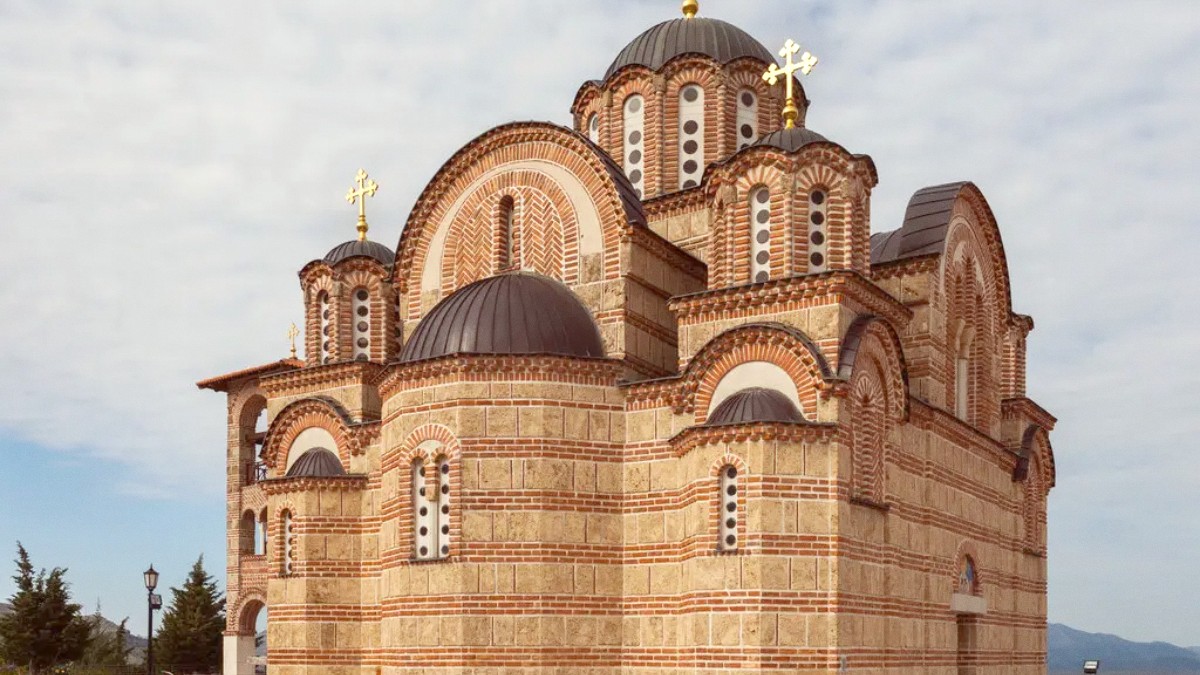
Bosnia Hercegovina
Trebinje's city center is remarkably compact and highly walkable. This makes public transport less of a necessity for exploring the main tourist areas.
A local bus network exists, mainly connecting the central bus station to various residential neighborhoods and nearby villages. These routes mainly cater to daily commuters and residents.
Bus routes generally connect the central bus station. You will not find widely published, tourist-friendly route maps. Inquire at the bus station about specific routes.
Purchase bus tickets directly from the bus driver when you board. Fares are inexpensive, usually only a few Convertible Marks (BAM) per ride.
Buses operate during daytime hours. Service frequency is generally lower on weekends and public holidays compared to weekdays. Specific schedules are often displayed at bus stops, but they might be in local script.
Use licensed taxis to ensure fair pricing and accountability. Look for official markings.
Note the company name or car number if it is supplied.
Taxis are always available outside the Trebinje Bus Station. For transfers from Dubrovnik Airport to Trebinje, it is advisable to pre-book.
Ensures a driver who is familiar with border crossing procedures for a smoother journey.
While Trebinje has a compact, walkable center, renting a vehicle offers flexibility for exploring the broader Herzegovina region or taking international day trips.
Trebinje's Old Town, the iconic Platani (plane tree) shaded square, and the banks of the Trebišnjica River are exceptionally pedestrian-friendly. These areas are mostly car-free or have limited vehicle access. The city is compact, meaning you can easily reach most attractions on foot.
Self-Guided: Obtain a local map from the tourist information office. Design your own walk through the Old Town, across the bridges, and along the river. Numerous online resources and travel blogs offer suggested self-guided routes.
Limited dedicated bicycle lanes within the city. Cyclists share the roads with vehicles, so caution is called for. The area around the Trebišnjica River presents pleasant, flatter routes ideal for casual cycling. For experienced cyclists, mountain biking opportunities exist in the surrounding hills.
Trebinje's transportation options are largely conventional. You will not find unique forms of local transit like cable cars or funiculars within the city.
Trebinje's Old Town, the iconic Platani square, and the banks of the Trebišnjica River are exceptionally pedestrian-friendly. Most areas are car-free or have limited vehicle access.
The city is compact, making most attractions easily reachable on foot.
Self-guided tours: Obtain a local map and explore on your own. Guided tours: Arrange through your hotel for historical insights and local stories.
Guided tours give a understanding.
Limited dedicated bicycle lanes. Cyclists share roads with vehicles, calling for caution. The river area offers pleasant, flatter routes for casual cycling.
Mountain biking opportunities exist in surrounding hills.
Trebinje offers varied ways to get around, from charming walks to convenient taxi rides, all suitable for different exploration styles.
Taxis are affordable and direct for destinations outside walking distance, like hilltop monasteries.
Renting a car in Dubrovnik or Mostar gives you complete independence for day trips to Montenegro or Croatia.
The local bus network is mainly for residents, connecting the city center to residential areas.
Trebinje is best explored on foot within its central areas. For wider exploration, taxis and rental cars (from nearby cities) are your main tools.
Always stay informed about border crossing rules and road conditions if driving.